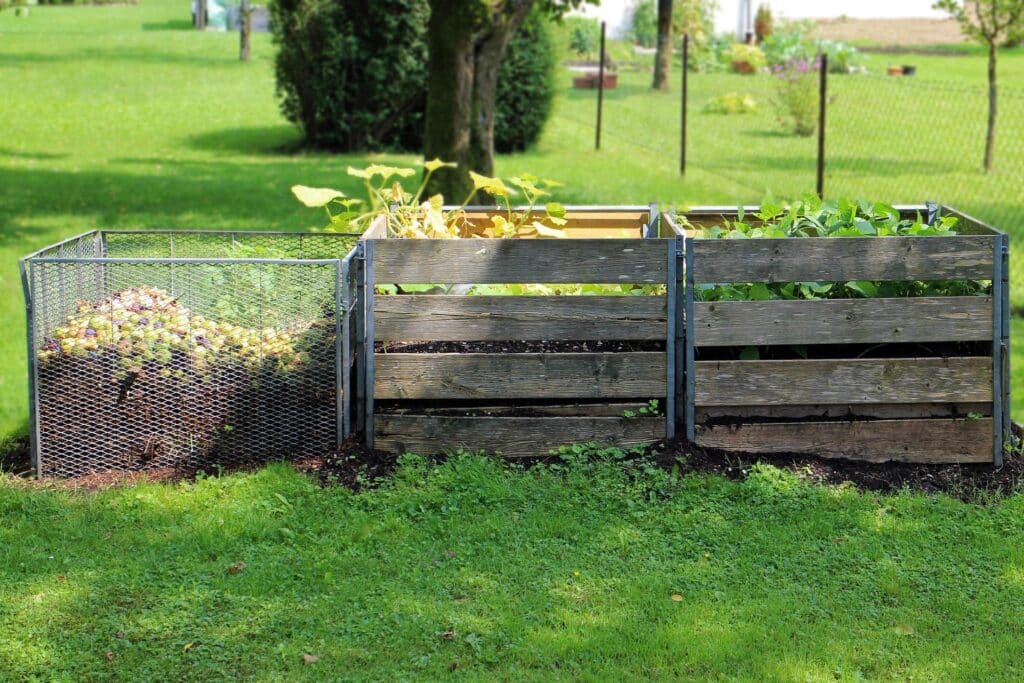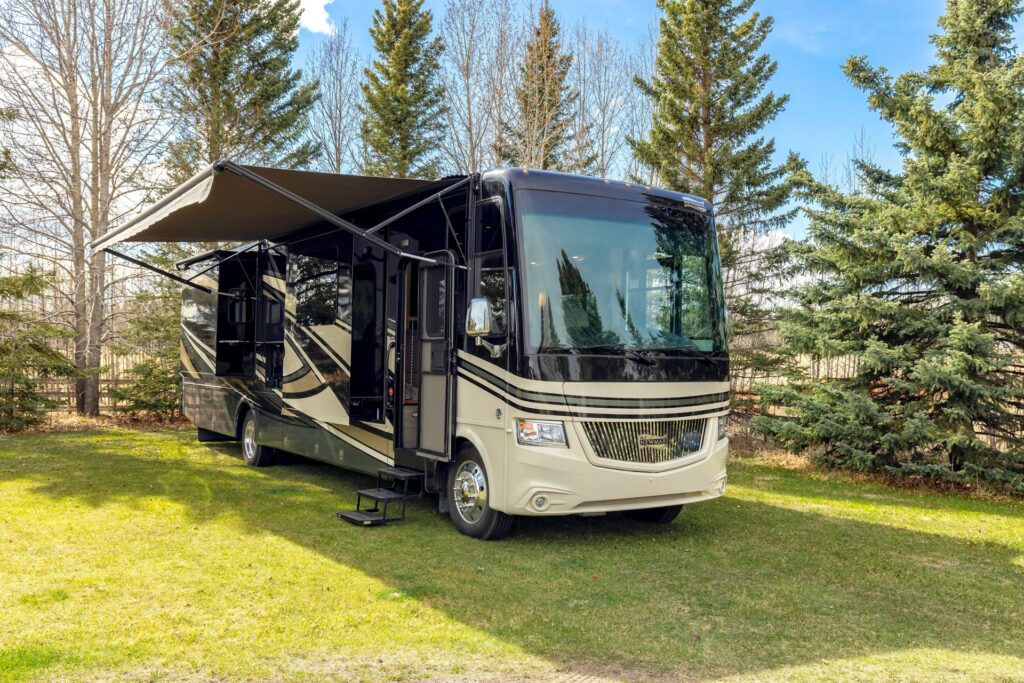The relationship between siding types and pest attraction is more complex than many homeowners realize. While no exterior material can completely prevent pest encounters, understanding how vinyl, wood, and stucco each interact with common household invaders can help you make informed decisions about your home’s exterior and pest management strategies.
What Are the Main Siding Types?
When discussing exterior home materials, three primary siding types dominate the residential market: vinyl, wood, and stucco. Each material brings distinct characteristics that can influence pest behavior and infestation potential.
- Vinyl
Vinyl siding consists of polyvinyl chloride (PVC) panels that snap together to create a weather-resistant exterior shell. These synthetic panels come in various colors and textures, often mimicking the appearance of wood or other natural materials. Vinyl installations typically include foam backing or house wrap underneath for insulation purposes. - Timber
Wood siding encompasses several subcategories, including cedar shakes, clapboard, and engineered wood products. Natural wood materials like cedar contain aromatic oils, while treated lumber undergoes chemical processing to resist moisture and insect damage. Board and batten, shingle, and lap siding represent common wood installation styles. - Stucco
Stucco creates a cement-based exterior finish applied in multiple layers over wire mesh or foam board. Traditional three-coat stucco systems include a scratch coat, brown coat, and finish coat, while newer synthetic stucco systems (EIFS) incorporate foam insulation boards with acrylic finishes.
Each material presents different textures, expansion rates, and maintenance requirements that can influence pest behavior.
How Do Siding Types Affect Pest Attraction?
Different siding materials create varying conditions that can either attract or deter pest activity, though no single material type guarantees pest resistance.
Wood siding naturally appeals to certain insects because it provides both food and shelter. Carpenter ants excavate passageways in softwood materials, while termites consume cellulose found in wood fibers. Moisture trapped behind wood panels creates ideal conditions for fungal growth, which attracts fungus-feeding beetles and other wood-boring insects. The natural expansion and contraction of wood can also create gaps that provide entry points for various pests.
Vinyl siding doesn’t provide nutritional value for insects, but it can create unique microclimates that certain pests find appealing. The hollow spaces behind vinyl panels can trap warm air, creating temperature differentials that attract overwintering insects like boxelder bugs and cluster flies. Poor installation practices can leave gaps where siding meets trim or corners, providing entry routes for mice and other small animals.
Stucco applications can develop hairline cracks over time due to settling or thermal expansion. These small fissures provide hiding spots for spiders and entry points for tiny insects. However, the dense, mineral-based composition of stucco offers no food value for wood-destroying insects, and its alkaline nature can actually repel certain pest species.
The interaction between siding types and pest behavior also depends heavily on regional climate conditions, installation quality, and surrounding landscape features.
Are Certain Siding Materials More Problematic for Pest Control?
Wood siding presents the most significant challenges for pest control professionals due to its organic composition and tendency to retain moisture. Cedar and redwood contain natural compounds that provide some insect resistance, but these oils diminish over time, especially in weathered or aged installations.
Painted or stained wood surfaces can mask early signs of pest activity, making detection more difficult during routine inspections. Wood-boring beetle exit holes, carpenter ant frass, and termite mud tubes can blend into wood grain patterns or hide beneath paint layers. Additionally, treating wood-destroying insects often requires specialized techniques and products that can penetrate wood fibers.
Vinyl siding creates access challenges rather than attraction issues. The modular panel system can make it difficult to identify exactly where pests are entering or hiding. Removing sections for inspection or treatment can be labor-intensive and may require specialized tools to avoid damage. However, vinyl’s non-organic nature means it won’t sustain wood-destroying insects.
Stucco generally presents fewer pest-related problems, but its application method can create unique situations. Synthetic stucco systems with foam backing can trap moisture if not correctly installed, potentially attracting moisture-seeking insects. Traditional stucco’s hard surface makes drilling for pest control applications more challenging than with other siding types.
The key factor isn’t necessarily which material attracts more pests, but rather how each material type affects identification, access, and treatment procedures.
How to Prevent Pest Issues With Different Siding Types
Prevention strategies should be tailored to address the specific vulnerabilities associated with each siding material.
For wood siding installations, moisture management becomes the primary focus. Ensure proper ventilation behind siding panels by maintaining adequate spacing from foundation walls and checking that weep holes remain unobstructed. Regular inspection of caulking around windows, doors, and trim prevents water infiltration that can lead to wood rot and subsequent insect attraction. Keep vegetation trimmed back from exterior walls to promote air circulation and reduce humidity levels near wood surfaces.
Vinyl siding maintenance focuses on sealing gaps and eliminating debris accumulation. Check expansion joints and corner trim annually for separation that might allow pest entry. Remove leaves, pine needles, and other organic matter that can accumulate behind bottom panels. Inspect mounting systems periodically to ensure panels remain properly secured and aligned.
Stucco maintenance emphasizes crack prevention and moisture control. Apply appropriate sealers to hairline cracks before they widen into pest entry points. Ensure proper grading around the foundation directs water away from stucco surfaces. Monitor areas where different materials meet, such as stucco-to-trim transitions, as these locations commonly develop gaps over time.
Regardless of siding type:
- Maintain consistent exterior lighting that doesn’t attract flying insects
- Keep firewood stored away from the house, and
- Address any plumbing leaks promptly to prevent moisture accumulation
What to Do When Pests Target Your Siding
Early detection and appropriate response can prevent minor pest issues from developing into major infestations, regardless of your home’s siding material.
When dealing with wood siding pest problems, document the extent of visible damage through photographs before attempting any treatment. Carpenter ant activity often indicates moisture problems that require correction alongside pest elimination. Wood-boring beetle emergence holes should be counted and mapped to determine if the infestation is active or historical. Avoid applying surface treatments without addressing underlying moisture issues that may be attracting the pests.
Vinyl siding pest situations typically involve pests using the material as shelter rather than consuming it. Focus on identifying and sealing entry points where siding meets other building materials. Use appropriate caulking materials that maintain flexibility with temperature changes. If pests are overwintering behind vinyl panels, timing of treatment becomes crucial since disturbing them during cold weather can drive them into interior spaces.
Stucco pest problems often center around cracks and surface imperfections. Small cracks can be sealed with appropriate patching compounds, but larger structural cracks may indicate foundation issues. Spider infestations in stucco typically respond well to targeted treatment of harborage areas combined with regular web removal.
For all siding types, maintain detailed records of pest activity patterns, treatment locations, and results to help identify recurring problem areas and evaluate treatment effectiveness over time.
Regional Considerations for Siding Types and Pests
Geographic location significantly influences which siding materials face greater pest pressure and what prevention strategies prove most effective.
Humid southeastern climates create challenging conditions for wood siding due to year-round moisture and active termite populations. Subterranean termites can build mud tubes up wood surfaces, while Formosan termites can establish aerial colonies within wall cavities. These regions often see higher pest pressure on wood siding compared to vinyl or stucco alternatives.
Arid southwestern areas present different challenges where stucco performs well structurally but can develop UV-related surface degradation that creates small pest-harboring spots. Desert regions may see increased spider activity around stucco surfaces, particularly during seasonal temperature extremes when arachnids seek thermal refuge.
Northern climates with significant freeze-thaw cycles can cause expansion and contraction issues with all siding types, but vinyl siding may develop more gaps and separation issues than wood or stucco. Overwintering insects like boxelder bugs and Asian lady beetles commonly seek shelter behind vinyl panels during fall months.
Coastal environments present salt air corrosion challenges that can accelerate wear on all siding materials, potentially creating more pest entry opportunities. Hurricane-prone areas may experience wind-driven damage that creates sudden pest access points requiring immediate attention.
Professional Assessment and Integrated Solutions
Rather than focusing solely on elimination, experienced technicians evaluate the relationship between your home’s exterior materials and pest attraction factors.
Professional assessment begins with understanding your specific siding type, installation age, and maintenance history. This information helps determine which pest species are most likely to target your particular exterior materials and what prevention strategies will prove most effective long-term.
Quality pest control services adhere to Environmental Protection Agency standards, ensuring treatments are applied according to current industry best practices. This professional approach considers not just immediate pest elimination but also how different siding materials might affect long-term pest management strategies.
Getting the Right Solution for Your Home
Certain situations warrant professional intervention regardless of your home’s siding type, particularly when pest activity indicates structural concerns or when multiple species are involved.
Wood-destroying insect activity always requires professional evaluation to determine the extent of damage and appropriate treatment methods. Carpenter ants, termites, and wood-boring beetles can cause structural damage that DIY treatments cannot adequately address. Professional assessment includes moisture meters, probing tools, and experience interpreting damage patterns that homeowners might miss.
When pest activity appears to be increasing despite your prevention efforts, professional pest control can identify contributing factors you might not have considered. Sometimes the issue isn’t your siding material itself but rather how it interacts with landscaping, drainage, or other environmental factors around your property.
When pest issues do arise, addressing them promptly with appropriate methods prevents minor problems from becoming major infestations. Get in touch with our team at Aptive to get a quote and assess how your home’s exterior materials might be influencing pest activity. Our technicians can develop customized strategies that work with your home’s specific construction and environmental conditions. We’ll help you understand what’s attracting pests to your property and provide practical solutions that address the root causes rather than just treating symptoms.
FAQs About Siding Types and Pest Risk
Q: How often should I inspect different siding types for pest activity?
Wood siding requires monthly inspections during warm seasons when insect activity peaks, with particular attention to areas where moisture might accumulate. Vinyl siding benefits from seasonal checks, especially in fall before insects seek overwintering sites and in spring when they emerge from hiding spots. Stucco should be examined twice yearly for new cracks or surface changes.
Q: Will painting or sealing my siding eliminate current pest problems?
Surface treatments like paint or sealant won’t eliminate existing pest infestations, but can prevent future problems when applied correctly. Wood siding benefits from quality stain or paint that seals moisture entry points, though any underlying insect damage should be addressed first. Vinyl siding doesn’t require painting for pest prevention, but sealing gaps at joints and trim connections helps exclude invaders. Stucco crack sealing prevents pest harborage expansion but won’t affect insects already established in existing crevices.
Q: Do certain landscaping choices increase pest pressure on specific siding types?
Mulch beds placed directly against wood siding create ideal conditions for moisture retention and termite activity, while rock mulch against stucco can trap heat that attracts certain spider species. Dense vegetation touching any siding type provides pest highways and reduces air circulation that naturally deters many insects. Foundation plantings should maintain at least 18 inches clearance from exterior walls regardless of siding material, with particular attention to avoiding plants that attract pest species common to your region.









